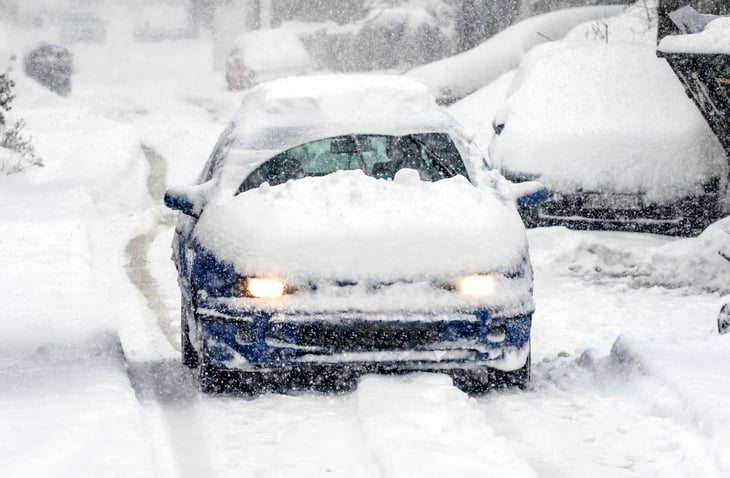
If you live in a cold-weather state — or if you plan to travel through one this winter — be sure to clear snow and ice from your car before taking to the road. Otherwise, your wallet might feel a big chill.
Several states have laws that make it illegal to drive if you haven’t brushed the snow and ice from your vehicle. The laws are designed to keep drivers and pedestrians safe from flying ice and snow that can create poor visibility or even injure someone.
Here is a sampling of the places where a handy brush might save you a substantial amount of money between now and spring.
New Jersey
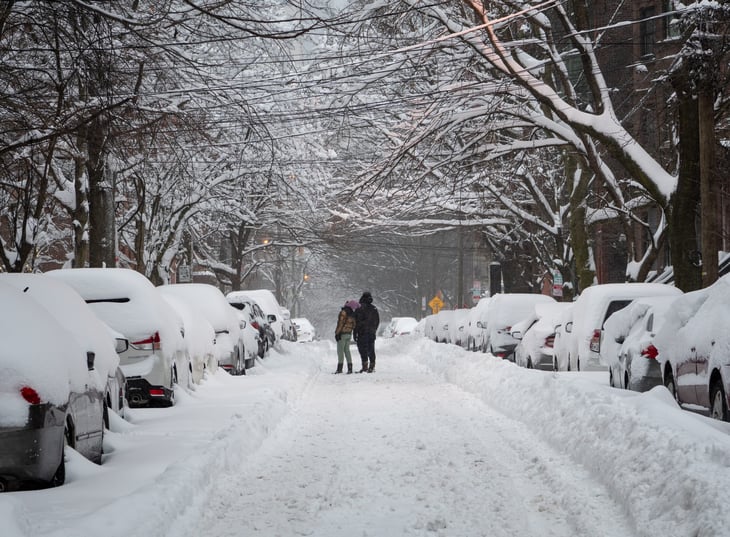
New Jersey requires drivers to remove all snow and ice from their vehicle before driving, especially from the “hood, windows and roof.”
Failure to do so can result in fines of $25 to $75 for each offense, “regardless of whether the ice and snow is dislodged from the vehicle,” according to the state. Fines increase to between $200 and $1,000 for each offense if flying ice or snow damages property or injures someone.
Pennsylvania
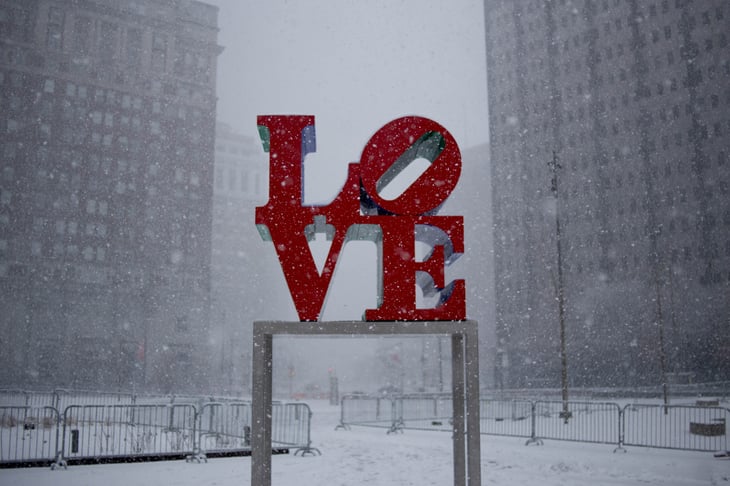
In 2022, Pennsylvania enacted a law that requires you to make “reasonable efforts” to remove all accumulated ice or snow from vehicles — “including the hood, trunk and roof” — within 24 hours after a snow or ice event, according to the Pennsylvania State Police.
Drivers who do not obey can be stopped by police and fined $50 for each offense. That is true even if snow or ice is not dislodged from the vehicle. Fines increase if snow or ice from your car strikes another vehicle or injures or kills someone, whether they are a pedestrian or in a car.
In such incidents, fines of $200 to $1,500 apply for each offense.
Pennsylvania state law also makes it illegal to drive a vehicle if snow or ice on any window of the car reduces the driver’s visibility.
Rhode Island
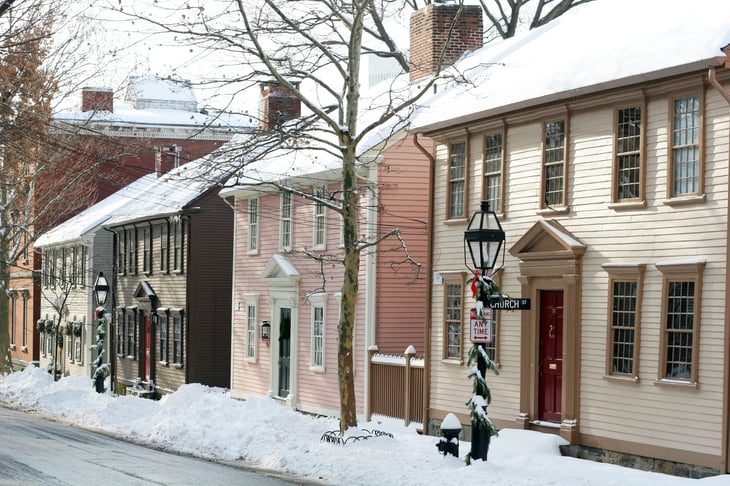
Rhode Island‘s State Police offer directions for clearing snow and ice that are clear and comprehensive:
“Clear all snow and ice off the entire car including the roof, hood, trunk, and license plates. Also, all glass surfaces and lights should be clear and transparent. This includes your windows, side-view mirrors, headlights and tail lights.”
It is against the law to ignore these instructions. The state says the rules apply when snow and ice on the vehicle is “significant,” which is defined as amounts that “might reasonably be expected, when blowing off the vehicle while driving, to obscure the vision of an operator of another vehicle.”
Several sources indicate the fine is $85 if you fail to follow the rules.
Connecticut
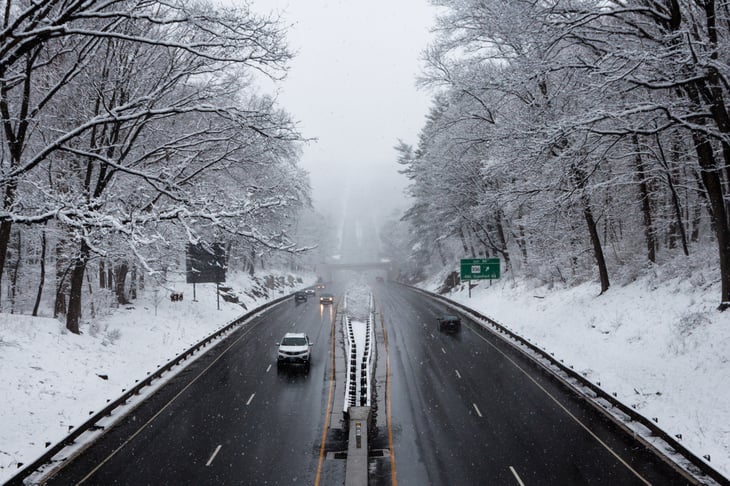
A 2010 Connecticut law making it illegal to drive in a snow-and-ice-covered vehicle went into effect at the end of 2013.
All accumulated ice and snow must be removed from the vehicle, including the “hood, trunk and roof.” If ice and snow from the vehicle damages property or hurts someone, fines for not obeying the rule begin at $75. Fines jump to between $200 and $1,000 for those who injure someone or damage property.
Commercial drivers face steeper fines of $500 to $1,250.
New Hampshire
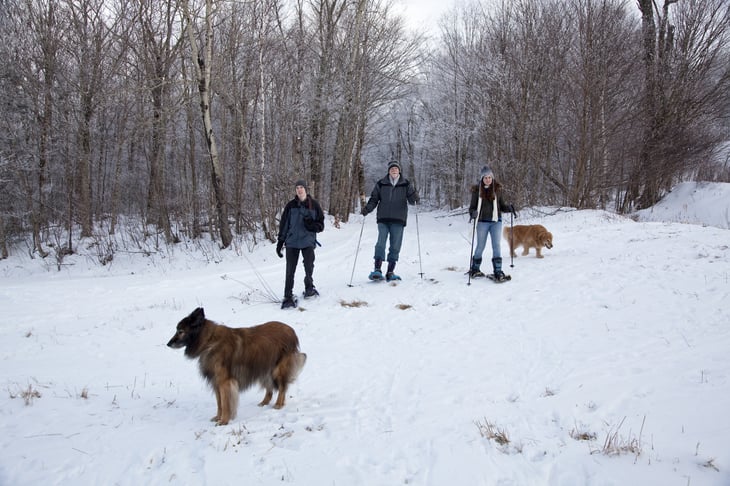
In New Hampshire, the law that requires you to remove snow and ice from your car before driving does not specifically mention snow or ice. Nevertheless, the law that punishes drivers for negligent driving also applies to those who do not clear away snow and ice.
Guilty parties are fined “not less than $250 nor more than $500 for a first offense and not less than $500 nor more than $1,000 for a second or subsequent offense.”
Illinois
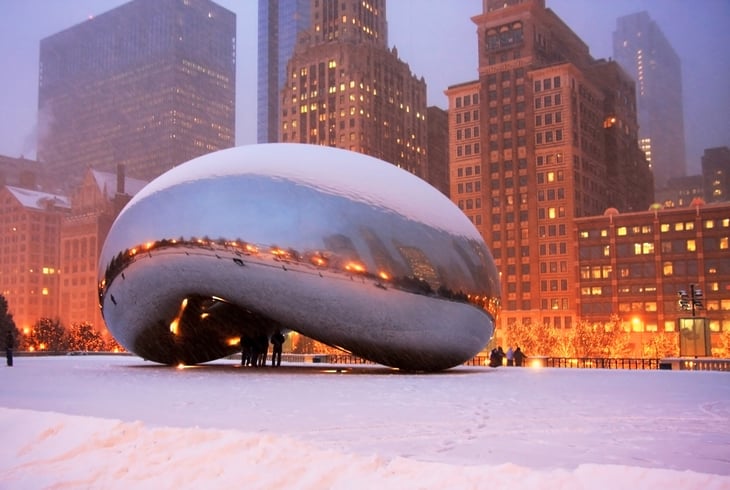
In Illinois, the driving law extends beyond snow and ice. It states:
“No person shall drive a motor vehicle with snow, ice, moisture or other material on any of the windows or mirrors, which materially obstructs the driver’s clear view of the highway.”
Drivers who violate the law will be fined “no less than $100 nor more than $500.”





Add a Comment
Our Policy: We welcome relevant and respectful comments in order to foster healthy and informative discussions. All other comments may be removed. Comments with links are automatically held for moderation.